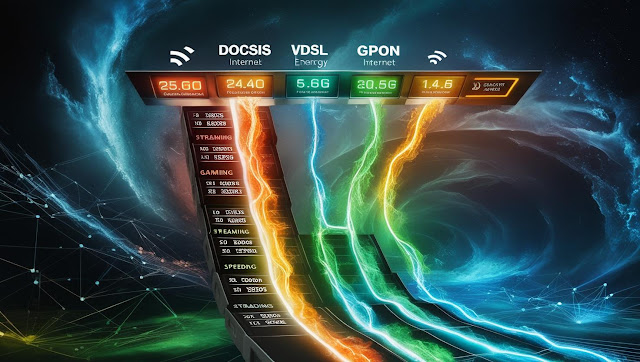What is a Modem?
A modem (short for modulator-demodulator) is a hardware device that converts digital data from a computer into analog signals for transmission over telephone or cable lines and vice versa. It allows computers to communicate with internet service providers (ISPs) and connect to the internet.How Modems Work
When you send data over the internet, the modem modulates digital signals into analog for transmission and demodulates incoming analog signals back into digital form. This conversion is essential for communication over traditional telephone or cable infrastructure.Types of Modems
DSL Modems: Used with DSL internet service; connects via telephone lines.Cable Modems: Used with cable internet services; connects via coaxial cable.
Fiber Modems: Used with fiber optic internet connections; often built into the Optical Network Terminal (ONT).
Dial-up Modems: An older type using standard phone lines and very slow speeds (largely obsolete today).
Modem vs Router: What’s the Difference?
A modem connects your home to the internet through your ISP. A router distributes that internet connection to multiple devices. Some modern devices combine both functions into one unit known as a modem-router combo.Modem Speeds and Standards
Modems support different speed standards such as DOCSIS (for cable modems), VDSL (for DSL), and GPON (for fiber). These define the data transmission speed and compatibility with the ISP’s network. DOCSIS 3.1 modems, for example, support gigabit speeds.Use Cases: Home and Business Internet Connectivity
Home: Modems connect households to the internet, typically through cable or DSL lines.Business: Modems for business setups often support higher bandwidth, static IPs, and SLA-backed connectivity options to support critical operations.






